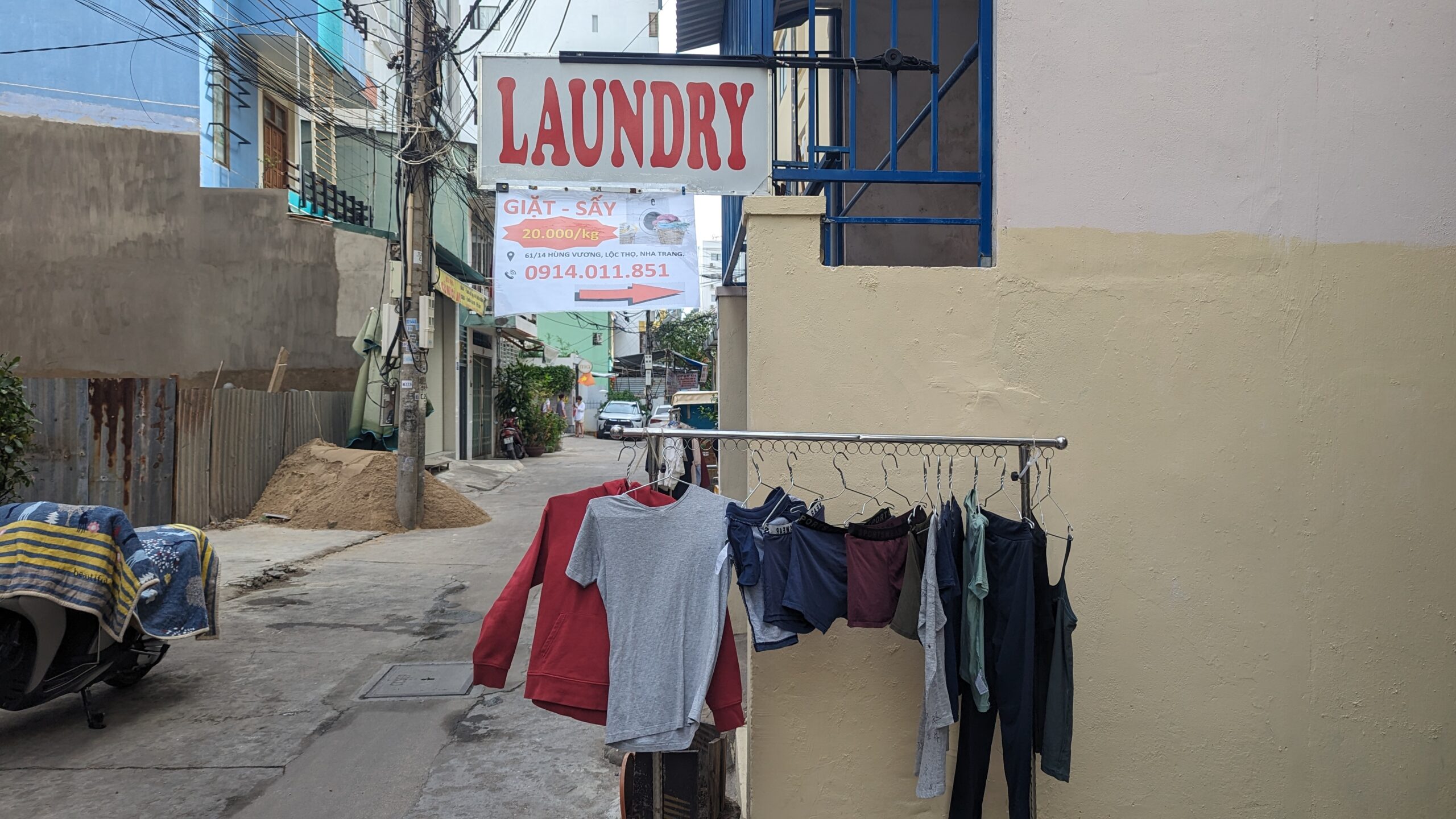Step 4
Let’s talk about the fuel for your great adventure: money. While it might not be the most glamorous part of trip planning, creating a solid financial roadmap is what makes a dream journey possible and, more importantly, stress-free. A realistic budget and a smart savings plan are your tickets to freedom, allowing you to focus on making memories instead of worrying about your bank balance.
This lesson will help you get a firm grip on your finances, from estimating the total cost to managing your money wisely on the road.
How much will your adventure really cost?
This is the million-dollar question—or hopefully, a much smaller one! The cost of a world trip varies wildly depending on your travel style, destinations, and duration. Here’s how to break it down.
Your Big Pre-Trip Expenses:
- Flights: This is often the single biggest cost. Research ‘Round the World’ tickets versus buying one-way flights as you go.
- Insurance: Non-negotiable. Get comprehensive travel and health insurance that covers your whole family for the entire duration of your trip.
- Visas: Application fees can add up quickly for a family.
- Gear & Vaccinations: You may need to buy new backpacks, clothing, or a travel-specific first-aid kit, plus the cost of necessary immunizations.
Your On-the-Road Expenses (The Daily Burn):
- Accommodation: Will you be staying in budget-friendly guesthouses, renting apartments on Airbnb, or opting for family-friendly hotels?
- Food: Eating like a local at street food stalls and cooking your own meals is far cheaper than dining in tourist restaurants every night.
- Activities: Entrance fees for national parks, museums, and big-ticket tours can be a huge part of your budget.
- Transport: Getting around locally via buses, trains, or tuk-tuks.
The Secret Weapon: Your Buffer! Always, always add a contingency fund to your total budget. Life happens—you might miss a flight, need unexpected medical care, or simply want to splurge on a once-in-a-lifetime experience. A buffer of 15-20% of your total budget is a wise goal.
Planning Tip: A rough daily budget rule-of-thumb for a family can range from $100-$150 in budget-friendly regions like Southeast Asia or parts of South America, to $250+ in places like Western Europe or Australia. Research is key! Use travel blogs from families to find real-world cost breakdowns for your target destinations.
Supercharge your family’s savings plan
Once you have a target number, it’s time to make a plan to reach it.
- Set a clear goal and timeline: Work backward from your desired departure date. How much do you need to save each month? Make it a tangible goal.
- Open a dedicated travel fund: Give it a fun name like “The Adventure Account.” Set up automatic transfers every payday so you’re paying your dream first.
- Track your spending: For one month, track every single dollar your family spends. You’ll be amazed at where the money goes. This will reveal exactly where you can cut back.
- Make smart cuts: Could you cancel a few streaming services? Cook at home instead of ordering takeout? Switch to a cheaper grocery store? Every little bit adds up.
- Sell your stuff: Declutter your home and sell everything you don’t need on platforms like Facebook Marketplace or eBay. It’s liberating and profitable!
- Think about big wins: If you own your home, could you rent it out while you’re away? This can be a game-changer, providing a steady income stream to fund your travels.
Master your money on the road
Having a budget is one thing; sticking to it is another.
- Use a budget app: Apps like TrabeePocket or Trail Wallet are designed for travelers. You can track your spending in different currencies and see at a glance if you’re on track. A shared Google Sheet also works wonders.
- Cash is king (sometimes): In many parts of the world, cash is still the preferred method of payment, especially at local markets and small eateries.
- Have multiple sources of money: Don’t rely on a single card. Carry a mix: a primary debit card for ATM withdrawals, a backup debit card, and at least one credit card for booking flights and hotels.
- Beware of fees: Check with your bank about foreign transaction fees and ATM withdrawal charges. They can eat into your budget. Consider opening an account with a bank that has low or no international fees.
Your financial safety net: don’t-skip insurance
This is the most important investment you’ll make. A good travel insurance policy is your safety net for everything from a lost suitcase to a medical emergency.
- Long-stay policies: Standard travel insurance often won’t cover trips longer than 90 days. You’ll need a specific long-term or ‘backpacker’ style policy.
- Read the fine print: What exactly is covered? Check the limits for medical expenses, emergency evacuation, baggage loss, and trip cancellation. Ensure it covers all the activities you plan to do (like scuba diving or skiing).
With a clear budget, a disciplined savings plan, and smart money habits, you can embark on your adventure with confidence, ready to embrace the world.
